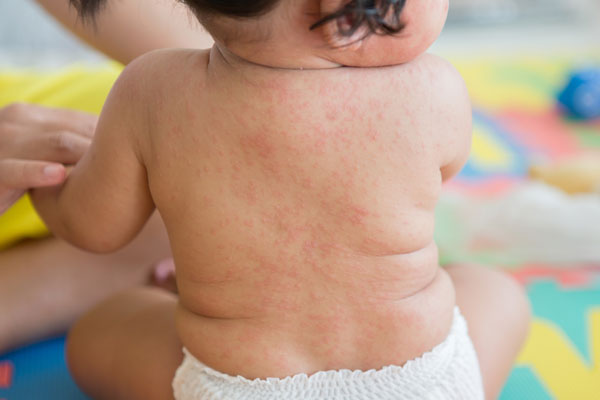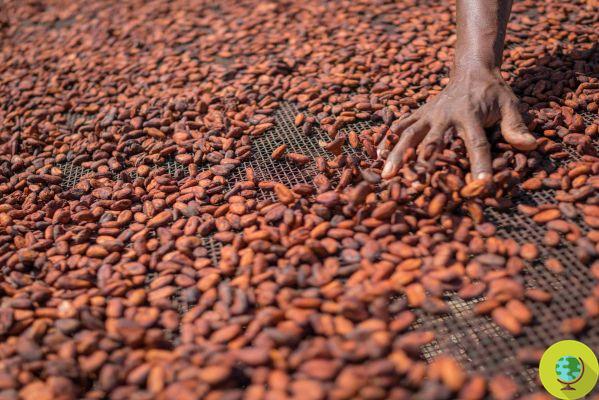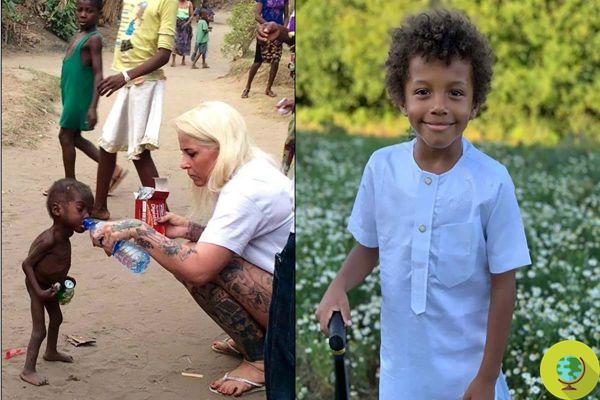Sixth disease. All parents know it as it is a problem that affects especially very young children, an exanthematous disease which, however, does not involve particular consequences and generally disappears in a few days.
Don't store avocado like this: it's dangerousSixth disease. All parents know it as it is a problem that affects especially very young children, one exanthematous disease which, however, has no particular consequences and generally disappears in a few days.
La sixth disease it owes its name to the fact that it was the sixth infectious and exanthematic pathology described by medicine. It affects above all children between 6 months and 2 years and it is more frequent in spring and autumn. In children it hardly appears as they are still protected by maternal antibodies passed to the fetus through the placenta and then thanks to breast milk for those who are breastfed.
This exanthematous disease, among the most frequent, is caused by human herpes virus type 6B (HHV-6B) that once it enters the organism it triggers a immune reaction which first involves a few days of very high fever (it can even exceed 39 ° -40 °) and then the appearance of a rash with flat pink bubbles. Initially, the skin rash can be confused with that of measles or rubella but the course of this disease is much more favorable.
Read also: SCARLATTINA: HOW TO RECOGNIZE IT AND HOW LONG THE INCUBATION LAST (PHOTO)
HOW TO RECOGNIZE THE SIXTH DISEASE
The onset of the sixth disease involves high fever often accompanied by throat irritation, cold, swollen lymph nodes, muscle aches or other typical flu symptoms. Only when the rash appears, once the fever has passed (usually after 3-5 days), the picture becomes clearer. The blisters usually appear first on the neck and trunk (only last on the face) and tend to disappear within a few days or even hours.
Everything is in recognize the type of rash to understand if it is a sixth disease or other pathologies. The bubbles (as small as the head of a pin)in this case they are rosé ma to the touch they tend to lighten further becoming white. In addition, unlike other exanthematous diseases, they generally do not cause itching andthey tend not to flake off when dried. To be sure of the diagnosis, however, it is always better to rely on the expert eye of your pediatrician.

Another typical symptom of the sixth disease is then irritability and nervousness which can characterize the entire course of the disease.
soloin the rarest of casesthe sixth disease involves complications which are mainly due to the very high fever that it can trigger convulsions, fainting and muscle stiffness. It is evident that in this case it is necessary to immediately take the little one to the emergency room.
HOW LONG DOES INCUBATION LAST?
THEincubation of the sixth disease it generally occurs over an inclusive period of timebetween the 5 and the 15 daysin which no symptoms occur. In fact, only later does the fever appear and in this phase of the disease the affected person is contagiouson the contrary, once the skin rash appears, the disease is already in the healing phase and does not involve transmission problems.
Contagion occurs via saliva or mucus, therefore through the airways of infected people when they sneeze, cough but also simply with the emission of drops of infected liquids when they talk or laugh. It is evident that schools, kindergartens, nurseries, gyms and very crowded public places are frequent scenarios of the transmission of this and other diseases.
Regarding the treatment,the sixth disease is usually treated only with antifebrile drugs, if necessary. Once passed then, she tends not to recur again in the same person.


























